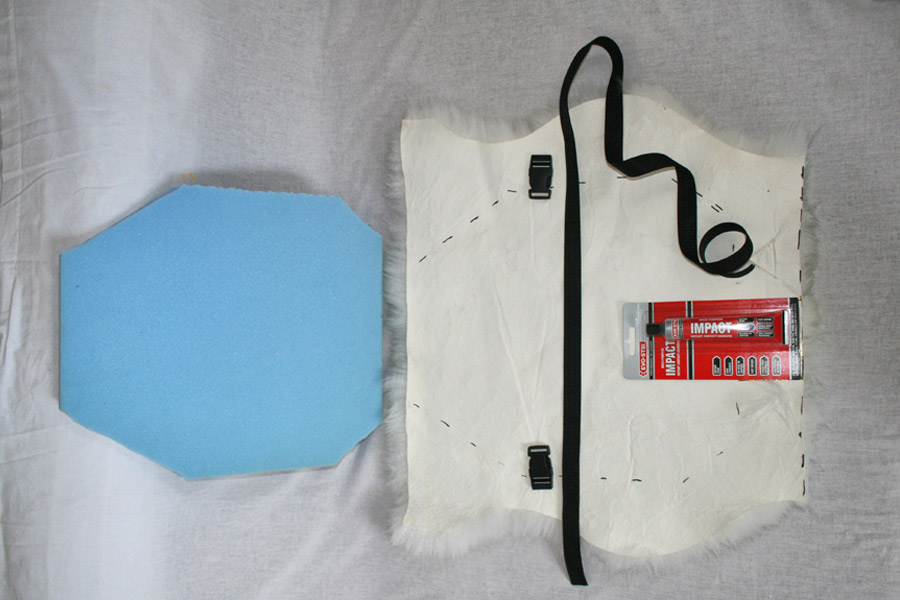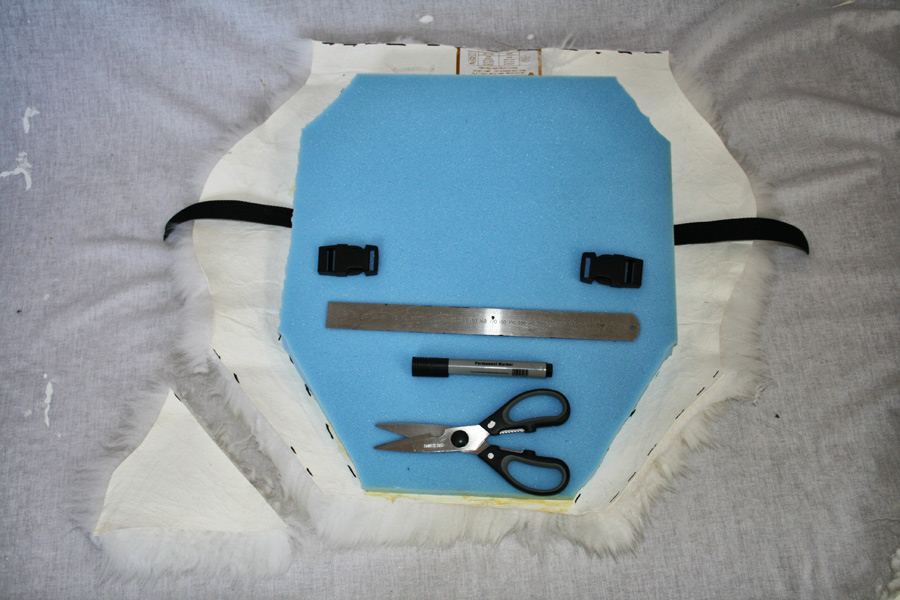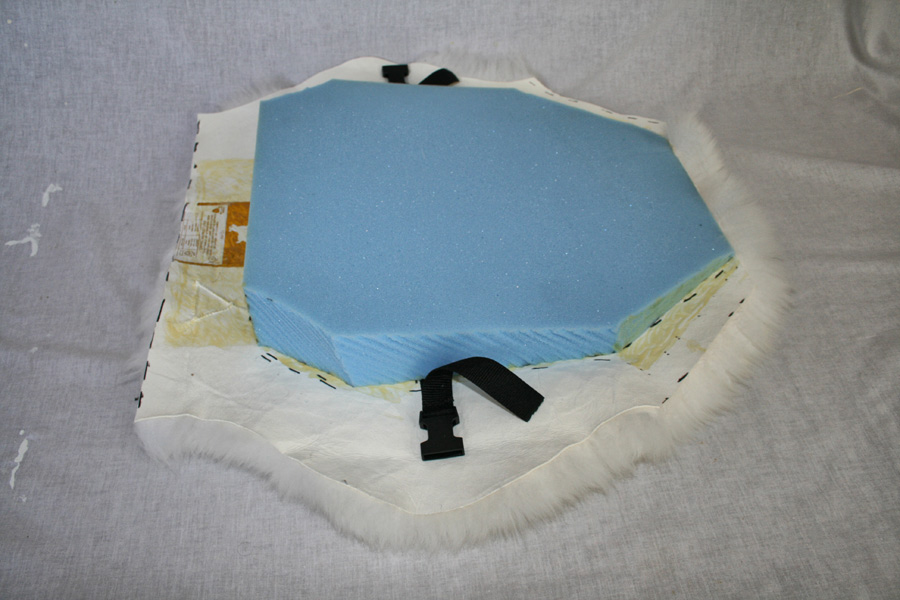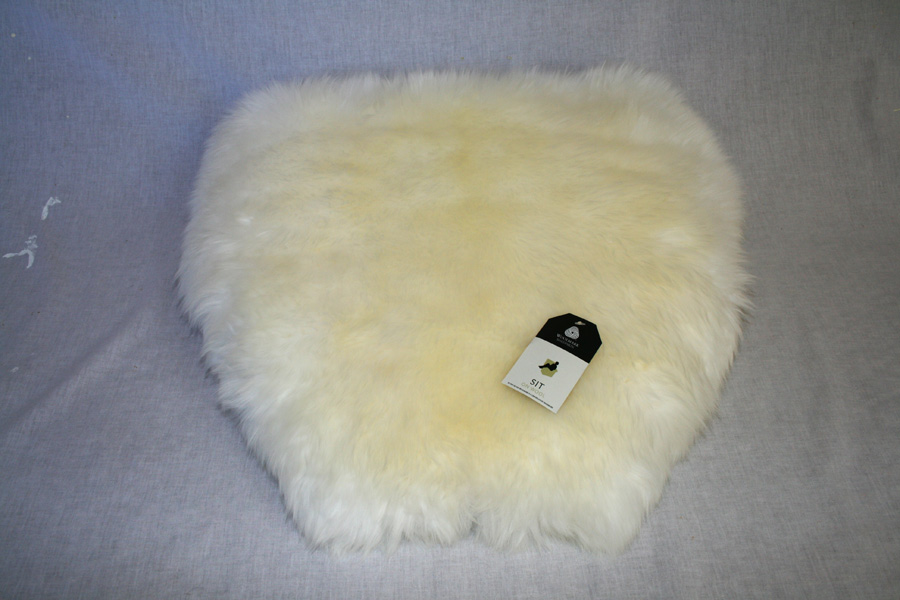How to Make a Sheepskin Seat Cover
What’s the best way to get more out of your ride?
In motorcycle overlanding tradition, there’s the “must have at least two uses” rule. Sheepskin saddle covers have lots of advantages, including being cheap to make.
What makes them so good? Sheepskins are cooler than vinyl or leather saddles when it's hot. Usually they’re pale in color and reflect heat. There's shade between the strands of wool and, with aeration, heat dissipates fast, also wicking away sweat.
But sheepskins are also warmer when it’s cold. Being wool, they retain more body warmth than leather or vinyl. And, as a last resort on a really cold ride, you can always stuff it up the front of your bike jacket. Conversely, if you have a fairing, put it down the back of your jacket—wind tunnel experiments show that air rises over screens and helmets and then drops down the rider’s back.
Another bonus is that as they get a little older they act as a massager. The soft tousled fluffy look goes away with use and the slightly matted surface that’s left has firmer, bumpy nodules of wool. As you move, not only does your butt get massaged, but your pressure points are always changing. A normal saddle is flat(ish) and few shape themselves around the derrière, so a couple of key points take most of your upper body weight pressure. The usual way to change that is to wriggle a lot. However, a wedge of foam will enhance the sheepskin's natural tendency to wrap around your backside.
Upholstery companies sell foam wedges — medium-firm is preferred. Get some contact adhesive, a yard of webbing and a couple of pairs of plastic, backpack-style clips. Attach the male clip ends to each end of one half of the webbing (approximately 2/3 the width of the foam wedge). Glue them to the wedge about halfway along, then glue the sheepskin over the top of that, so the webbing strap is trapped. You want the thin edge of the wedge at the front of your saddle. Take the other half of the webbing strap and sew the female clips to the ends. These pass under your saddle. Clip the foam-backed sheepskin to the assembly, and you’re ready to ride.
 The tools and kit you'll need.
The tools and kit you'll need.
 Cut your first section of webbing.
Cut your first section of webbing.
 Glue webbing between sheepskin and foam.
Glue webbing between sheepskin and foam.
 Add webbing clips.
Add webbing clips.
 The finished product.
The finished product.
These wedges are versatile. When riding, shimmy the sheepskin back so you’re on the thinner part. This allows you to keep control on the sections when you do sit down and ensures nothing is in the way when you are standing up or putting your feet down. On the open road, shimmy it forward so you’re sitting on the thicker section of the foam. That gives more wraparound support to help those pressure points, also widening skinny saddles.
A sheepskin wedge combo can help your riding position. If you can ride with your knees below your hips and your back straight, you’ll get less tired and have more control over the bike.
You can make sheepskins work even better by finding one that’s been cured but not had the lanolin removed from the wool. Lanolin works as a sort of waterproofer. Either way, at the end of a damp ride give ’em a tousle and the air circulates quickly through the wool. Yet another bonus of a sheepie is that you can use it as a comfortable seat around the campsite at the end of the day.
They aren’t for everyone, but they do a great job. My last one had around 150,000 miles on it.
https://adventuremotorcycle.com/tech-n-tips/how-to-sheepskin-seat-cover#sigProId8be0c12638



